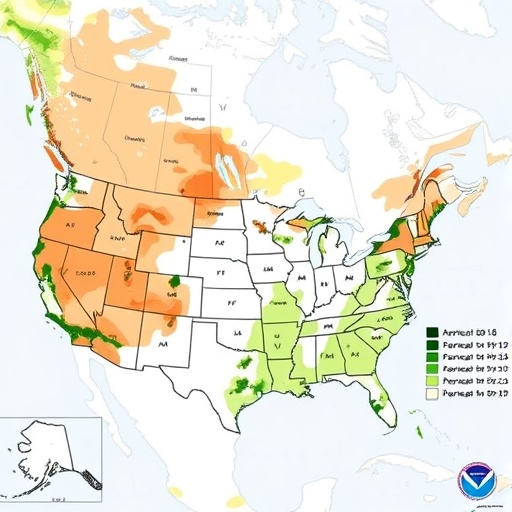DURHAM, N.C. — Hypoxic dead zones in the Gulf of Mexico drive up the price of large shrimp relative to smaller sizes, causing economic ripples that can affect consumers, fishermen and seafood markets alike, a new Duke-led analysis reveals.
The study, published today in The Proceedings of the National Academy of Sciences, provides the first, long-sought evidence linking Gulf hypoxia to economic impacts.
Coastal hypoxia — characterized by low or depleted oxygen levels in water — is a problem that threatens marine ecosystems worldwide by slowing the growth of fish and shellfish and, in severe cases, triggering widespread die-offs of local populations. It's caused when nitrogen and phosphorus-laden runoff from inland watersheds spurs the growth of oxygen-consuming algae in offshore waters.
"Many studies have documented the ecological impacts of hypoxia, but establishing a clear causal link to economic losses in affected fisheries has been elusive. Our study does this by showing how seasonal hypoxia off the Louisiana and Mississippi coasts drives monthly fluctuations in market prices in the Gulf brown shrimp fishery, a major fishery that was once the most valuable in America," said Martin D. Smith, George M. Woodwell Distinguished Professor of Environmental Economics at Duke's Nicholas School of the Environment.
The new finding represents an important step toward helping economists and policymakers quantify the real-world market value of reducing nutrient pollution flowing into our oceans, he said.
To conduct the study, Smith and his colleagues examined monthly trends in the price of Gulf brown shrimp from 1990 to 2010. Their analysis revealed a recurring pattern of spikes in the price of large shrimp relative to small ones during months when hypoxic dead zones occurred — typically late spring and summer.
"Because fishermen are catching more small shrimp and fewer large ones during these months, the price of small shrimp goes down and the price of large ones goes up, creating a short-term disturbance in the market that we can track," he said.
Past efforts to track this type of market impact have failed, Smith suggested, because researchers focused on changes in the quantity of shrimp caught during hypoxic events, rather than fluctuations in pricing.
That approach doesn't work, he explained, because fishermen are smart; they respond to the changing environmental conditions and profit opportunities caused by dead zones by fishing somewhere else, inadvertently changing fishing conditions in places not experiencing hypoxia. This — combined with the global magnitude of the shrimp fishery — complicates matters for scientists trying to quantify any regional economic impacts.
"In science, we typically try to compare a treated group or area to some kind of control. When fishermen respond to hypoxia by moving around, they undermine our ability to use non-hypoxic areas as controls," Smith said.
"Looking at prices rather than quantities allows us to see the economic signal more clearly, without interference from these human and natural feedbacks that can compound or obscure the effects of hypoxia on a fishery," he said.
Although the new study focuses solely on the Gulf of Mexico's brown shrimp fishery, its findings are broadly applicable to other fisheries worldwide, he said, and represent a breakthrough in establishing causal inference for coupled human-natural systems.
###
Co-authors of the new study are Atle Oglend of the University of Stravanger, Justin Kirkpatrick and Lori Bennear of Duke, Frank Asche of the University of Florida, Kevin Craig of the National Marine Fisheries Service (NMFS) Southeast Fisheries Science Center, and James Nance of NOAA/NMFS. Funding came from NOAA (grants #NA09NOS4780235 and #NA09NOS4780186), the Fulbright Scholars Program and the Research Council of Norway.
CITATION: "Seafood Prices Reveal Impacts of a Major Ecological Disturbance," Martin D. Smith, Atle Oglend, A. Kirkpatrick, Frank Asche, Lori S. Bennear, J. Craig and James Nance, Proceedings of the National Academy of Sciences, January 30, 2017. DOI: 10.1073/pnas.1617948114
Media Contact
Tim Lucas
[email protected]
919-613-8084
@DukeU
http://www.duke.edu
############
Story Source: Materials provided by Scienmag




